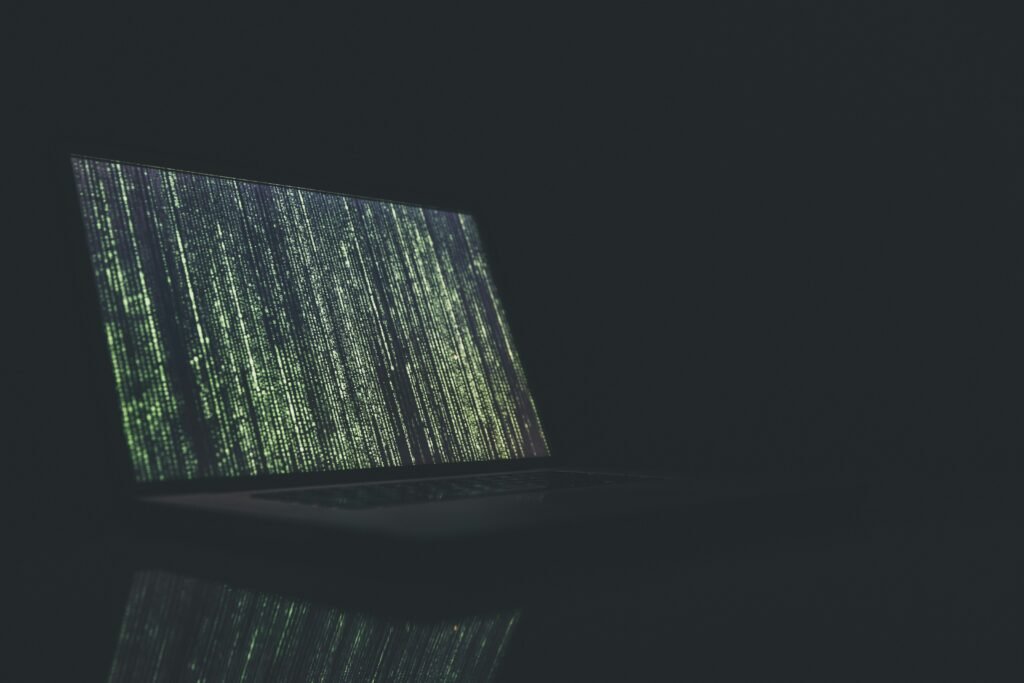Do you ever wonder if you can have privacy without security? This is a question that is more relevant than ever in today’s world where data breaches and cyber-attacks are on the rise. Could the two concepts exist independently, or are they inextricably linked? The relationship between privacy and security isn’t just a theoretical notion—it’s a practical aspect of everyday life that affects you more than you might realize. Let’s explore these concepts in more detail, and shed some light on their close-knit relationship.
Understanding Privacy
Privacy is something many of us value deeply, although it can often be difficult to define. At its core, privacy is about having control over your personal information. It’s about deciding who can see your data, how much of it they can access, and what they are allowed to do with it.
The Concept of Privacy
Privacy involves the right to keep personal matters and information away from public scrutiny. It’s not just about hiding things, but also about maintaining a degree of control over your own life. Think about it: when you share something personal with a friend, you expect that information to remain between you. In the broader sense, privacy is key to personal dignity and autonomy.
Types of Privacy
There are various types of privacy you encounter in your day-to-day life:
- Bodily Privacy: The right to control your own body.
- Informational Privacy: The right to protect your personal data.
- Communications Privacy: Ensuring the security and privacy of your communications.
- Territorial Privacy: Protest against invasion into personal spaces such as home or workplace.
Each type intersects differently with security issues, particularly concerning data protection and personal security.
Diving into Security
Without security, privacy could be easily compromised. Security involves the implementation of measures that protect systems, networks, and data from digital attacks, damage, or unauthorized access.
Security in Everyday Life
Security is all about safeguarding against threats and maintaining the integrity and availability of information. In simple terms, it’s the practice of defending your assets from threats. This includes ensuring that your home, your data, and even your financial resources are safe from ill-intentions.
Types of Security
Security can take on various forms based on context:
- Physical Security: Measures designed to deny unauthorized access to facilities or resources.
- Information Security: Protecting information and information systems from unauthorized access.
- Network Security: Safeguarding your network and data from breaches, intrusions and other threats.
- Operational Security: Protecting your day-to-day operations in both personal and business contexts.
Each type of security works toward one goal: to protect the confidentiality, integrity, and availability of personal and organizational data.
This image is property of images.unsplash.com.
The Interdependence of Privacy and Security
You might wonder: can privacy exist independently of security? To understand this, consider the fundamental roles these concepts play. While privacy pertains to the rights of individuals to control their personal information, security provides the tools and methods to protect that information.
Privacy Without Security
Imagine an environment where privacy exists without security tools or measures. It would mean that, while you have the theoretical right to protect your information, there would be no practical way to ensure its safety. In such a scenario, any individual or entity with malicious intent could access and misuse your personal data.
Security as an Enabler of Privacy
Security acts as the backbone of privacy by offering a structured way to enforce privacy policies. Think of security tools like encryption, network firewalls, and authentication protocols—they all exist to keep unauthorized eyes away from your personal data. Without them, the privacy of your data is merely hypothetical, easily violated by hacking, inadvertent leaks, or even legal orders.
Case Studies: Privacy and Security in Action
To bring clarity to the abstract concepts of privacy and security, consider some real-world examples that illustrate their interplay.
Case 1: Social Media Platforms
Social media platforms like Facebook and Twitter have been under scrutiny for how they handle user data. Users share personal information with the expectation that it will be used only in specified ways. But without robust security measures, this data could be exposed or manipulated by third parties. Recent data breaches have shown the importance of security in upholding users’ privacy rights.
Case 2: Online Banking
When it comes to online banking, security is paramount to ensure privacy. Banking systems employ encryption protocols and multi-factor authentication to ensure that your financial information is kept private. Without these security measures, user data could be vulnerable to cybercriminals, compromising the privacy of your financial transactions.
Case 3: Healthcare Systems
In the healthcare sector, privacy is a legal requirement with serious implications. The Health Insurance Portability and Accountability Act (HIPAA) in the United States, for instance, mandates stringent security measures to protect patient data. Here, security serves as the foundational mechanism that ensures the privacy of sensitive health information.

This image is property of images.unsplash.com.
Myths and Misconceptions
In the realm of privacy and security, there are several myths and misconceptions that cloud the general understanding.
Myth 1: Privacy Means Nothing to Hide
Some might say that privacy is only for individuals who have something to hide. However, privacy is about maintaining control over your own information, regardless of its nature. It’s a fundamental human right that ensures your autonomy and dignity.
Myth 2: Security Equals Privacy
While they are interconnected, security and privacy are not the same. Security is about protecting information from threats, while privacy is about how information is collected, used, and shared. They complement each other but are distinct in their roles and applications.
Myth 3: Tech Can Solve All Privacy and Security Issues
Many believe that technology alone can resolve privacy and security issues. While technological solutions are vital, they must be combined with legal frameworks, organizational policies, and user education to be truly effective.
Challenges in Achieving Privacy and Security
Achieving both privacy and security is fraught with challenges, particularly in a digitally-driven world.
Challenge 1: Increased Data Sharing
The more data you share, the harder it becomes to protect and maintain its privacy. With rising data exchange through cloud services and IoT devices, new vulnerabilities are emerging that require advanced security strategies.
Challenge 2: Evolving Threat Landscape
Cyber threats are continuously evolving, becoming more sophisticated and harder to detect. This demands constant vigilance and updates to security protocols to protect private information effectively.
Challenge 3: Balancing Usability and Security
Implementing rigorous security measures can sometimes hinder usability. Many users find advanced security features cumbersome, thereby opting for convenience over security, which can jeopardize privacy.
Challenge 4: Regulatory Compliance
Privacy laws and regulations vary across different jurisdictions, making it challenging for international organizations to remain compliant while ensuring user privacy and security.

This image is property of images.unsplash.com.
Best Practices for Balancing Privacy and Security
Finding a balance between privacy and security requires strategic planning and thoughtful implementation.
Practice 1: Comprehensive Risk Assessment
Regularly conduct risk assessments to identify potential threats and vulnerabilities. Understanding these risks helps you implement appropriate security measures that uphold privacy.
Practice 2: Implementing Strong Authentication Protocols
Use strong passwords and multi-factor authentication to protect your data. This adds an extra layer of security that can help keep your information private.
Practice 3: Encryption
Encrypt sensitive information to shield it from prying eyes. Whether it’s emails, files, or entire databases, encryption ensures that even if data is intercepted, it remains unreadable to unauthorized parties.
Practice 4: User Education
Educate yourself and others on the importance of privacy and security. Awareness and understanding can significantly reduce vulnerabilities and protect personal information.
Practice 5: Regular Software Updates
Keep systems and software up to date. Regular updates fix vulnerabilities and protect against newly discovered security threats.
Conclusion: Can You Have Privacy Without Security?
In conclusion, realizing privacy without security is not only impractical but also risky. Security serves as the essential framework that makes privacy possible. While privacy pertains to your personal right to control your information, security delivers the means to protect and enforce that right. Understanding the dynamic interplay between these two concepts is crucial as you navigate the complexities of digital life. Embrace security measures to safeguard your privacy, because in this arena, they are two sides of the same coin. Explore your privacy priorities and reinforce them with robust security strategies to ensure your personal information remains safe and protected.




